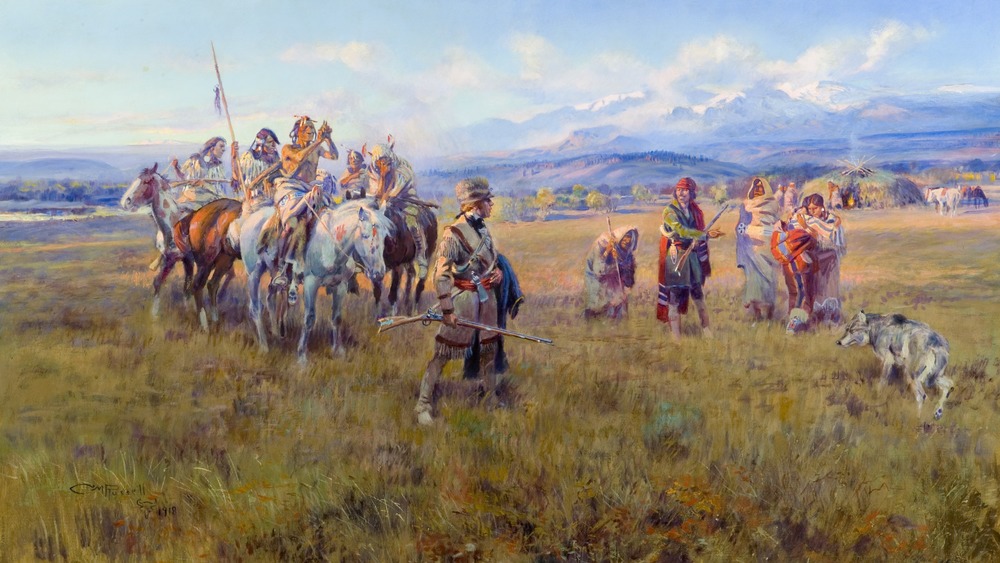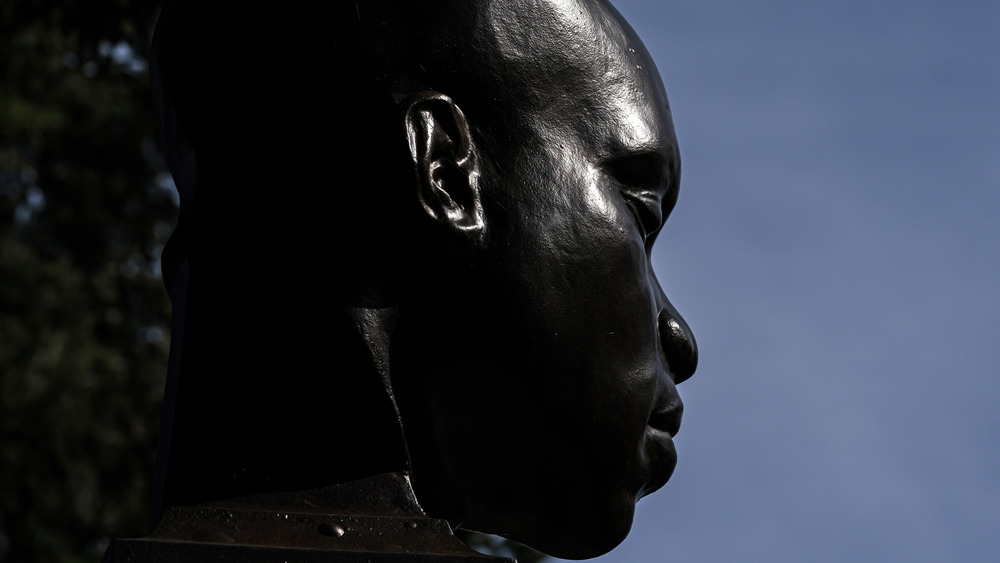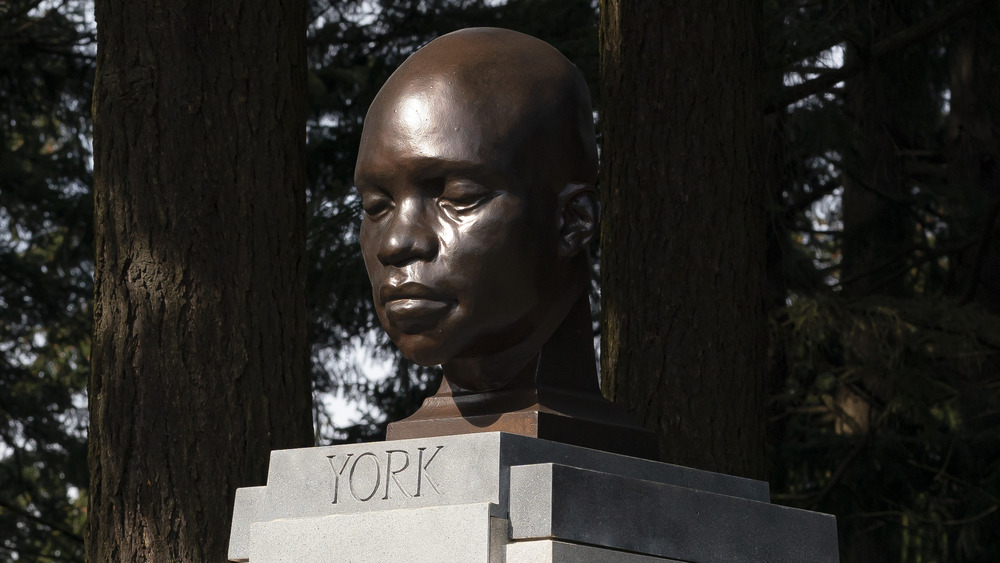The Untold Truth Of The Slave Who Helped The Lewis And Clark Expedition
Most U.S. students have at least heard of the Lewis and Clark expedition. As History reports, the expedition in question took place from 1804 to 1806. President Thomas Jefferson had just completed the Louisiana Purchase, buying the previously French Louisiana Territory from none other than Napoleon Bonaparte and the government of France for a cool $15 million. The deal doubled the size of the United States, which was then barely out of its cradle, as far as nations go.
All that new territory had to be mapped. With Congressional approval, Jefferson appointed his personal secretary and former Army captain Meriwether Lewis to lead the survey team. Lewis brought in his friend, William Clark, who had also served with him in the U.S. Army. Much has been made of a few members of the expedition, from Lewis and Clark to Sacagawea, the Shoshone woman who acted as a guide and interpreter. Yet, as per the National Park Service, the Corps of Discovery, as the team was known, contained over 45 people.
Perhaps one of the most mysterious and historically ignored people in that group is a man we know only as York. Raised as the enslaved "body servant" of William Clark, York was likely told — not asked — about his pending participation in the two-year journey. Yet, he experienced a surprising level of freedom and importance on the journey that makes his life remarkable. Here is the untold truth of the slave who helped the Lewis and Clark expedition.
York's early life is poorly documented
There's much about York's life as a child and young man that is lost to us. According to The Washington Post, there is at least some information about his origins, though it's still frustratingly scanty. We know that he was born into slavery, the "property" of William Clark's father, John. York's parents were recorded as "Old York" and "Rose," though we can't be totally sure that this is what they would have called themselves. Upon John Clark's death in 1799, his son inherited his father's property, along with about a dozen enslaved people.
Though it's not clearly outlined in documents from the time, it's reasonable to assume that York would have grown up more or less alongside William Clark. He was, as the National Park Service concludes, likely to have slept within earshot of Clark and acted as the other man's in-house "body servant," a term generally reserved for slaves and slave-owners who were about the same age.
That's about all we know of York's life before the Lewis and Clark expedition took him and a small party of other people west in 1804. There isn't much else. Even York's first name has remained elusive. PBS reports that, while some sources maintain that he was also known as "Ben," that's unproven. The name never comes up in the expedition journals or other documents, where Clark solely refers to the slave as "York," if he bothers to name him at all.
Being on the frontier didn't save York from discrimination
Though the expedition west into North America would prove to be arduous, fascinating, and ultimately boundary-breaking, it didn't necessarily spell the sort of freedom that York and others may have hoped to find. Clark, for one, never seemed to move beyond thinking of York as merely his "servant," a phrase that repeatedly appears in his journals when he's referring to York.
As Smithsonian Magazine reports, the expedition that left St. Louis, Missouri on May 14, 1804 was largely composed of white men. The only other non-white member of the expedition, the Shoshone woman and interpreter Sacagawea, wouldn't join until later that year when the Corps of Discovery made it to North Dakota, according to History.
Before that, however, York faced discrimination that very nearly ended his participation in the expedition before it had truly begun. As Clark noted in his journal, an unnamed member of the party had thrown sand at York. The handful had landed in his face, to the point where York, at least in Clark's estimation, had nearly lost an eye. Clark doesn't reveal what would have precipitated this, but at least York appears to have recovered with his eyesight intact.
York actually wasn't the first Black person to travel across North America or visit Oregon
York was part of a long legacy of Black people who had traveled across the North American continent. As Oregon Historical Quarterly points out, there's some evidence that Black people may have landed on the Oregon coast in 1579, when it's supposed that English privateer Francis Drake was evading enemy capture.
Though we can't be totally sure that Drake really did make it to Oregon that year, we do know via Spanish documents that there were five people of African descent on his ships, including one woman and four men. The earliest confirmed Black person in Oregon was a crewmember of Captain Robert Gray, a man named Markus Lopius who was killed in a skirmish with Native Americans in Oregon in 1788.
Before that, one of the earliest recorded Black people to traverse much of the North American continent was a Spanish slave named Mostafa al-Azemmouri (via European Review of History). Also known as Esteban or Estevanico, al-Azemmouri was a Moroccan man who had been taken captive sometime in the early 16th century and sold to Spanish masters. He eventually took part in the expedition of Panfilo de Narvaez that landed in Tampa Bay in 1528 and, by the 1530s, had become very likely the first person of African descent to explore what's now Texas, as the Texas State Historical Association reports.
York proved to be a vital part of the Lewis and Clark expedition
Chances are pretty good that, without York's skill and willingness to sometimes risk his life, the Corps of Discovery would have found themselves in trouble. On occasion, York is recorded as having swam across waterways to gather food, as Clark wrote in his journal (via PBS). This was pretty significant, as very few of the group's members knew how to swim, though they often undertook some perilous water crossings over the course of the expedition. He also proved pretty vital as a hunter, shooting game like deer and buffalo to provide valuable protein on the intense, energy-draining trek.
Clark, however, also got downright catty in his journals on other occasions where he discussed York's reaction to the travails of the expedition. As quoted in Oregon Historical Quarterly, he once wrote in his early expedition journals that York was having a difficult time with the heat and effort of the journey. "[My] Servant nearly existed with heat thrust and fatigue, he being fat and un accustomed to walk as fast as I went was the Cause," Clark wrote, with his characteristic spelling errors. Yet, considering the fact that York made it to the Pacific coast with everyone else, one must assume that he shaped up to be at least as good of a walker as Clark himself claimed to be.
Unlike other enslaved people, York carried a gun and voted within the group
In the more settled parts of the United States, enslaved people were generally banned from carrying guns, presumably lest they express their displeasure at being enslaved against the people who claimed to own them. Yet, things were different for the Corps of Discovery. It wouldn't do to leave one of the expedition's members unarmed, especially if they were proven to be good at hunting game and securing food for the rest of the group. Thus, as PBS reports, York carried a gun for much of the trip, typically using it to shoot geese, deer, and other animals for sustenance. In fact, when Clark bothers to mention York in his journals, it's often to note the man's hunting skills.
York also eventually gained the distinction of voting, though in an informal sense. According to PBS, he was included in an 1805 decision as to where the Corps of Discovery would spend the winter near modern-day Oregon. Sacagawea also had a vote, making both her and York unique in a growing nation that routinely denied such rights to other Black people, women, and Native Americans.
York was popular with many Native Americans the Lewis and Clark expedition encountered
For many Native American people who encountered the Corps of Discovery, York was truly unique. Presumably, very few Native people west of the Mississippi in the early 19th century had seen a Black person in recent memory, meaning that York would have been a particularly eye-catching person. To that end, he was apparently pretty fascinating for many folks. As Smithsonian Magazine reports, the Nez Perce reportedly called him "Raven's Son," while a group of Shoshone refused to do business with Lewis until they were granted a glimpse of the "extraordinary" York. Others reportedly tried to rub away the color of his skin with sand or dirt, though they stopped once they realized that doing so would only hurt York.
York, however, wasn't merely a sight to be seen in order to gain access for the Corps of Discovery. He was also part of a two-man group that was sent to negotiate with a group of Nez Perce people. As the Oregon Historical Quarterly reports, Lewis wrote that York and McNeal, another expedition member, were together sent to negotiate for supplies once the group's stores had run low, strongly indicating that he had attained a greater level of trust and influence than he might have achieved had he stayed back east.
Conditions were difficult for York and other people on the journey
Traveling from Missouri to Oregon in the early 19th century was no easy undertaking. There were, of course, no planes to ferry the group, nor trains, nor even an easily navigable waterway. Traveling north to what's now the Dakotas, Montana, and Idaho also meant that they dealt with bitterly cold weather with hardly a Gore-Tex parka available, much less GPS or even a map.
York, like pretty much everyone else in the Corps of Discovery, therefore suffered through intense conditions. As Clark reported in his journal on December 8, 1804, that morning's weather was remarkably cold, though the group still had to venture out to hunt game. A number of men suffered from frostbite. York in particular suffered frostbite on his feet and, rather horrifically, a bit on his private parts as well. Thankfully, York seems to have recovered with all of his fingers and other appendages intact.
Sickness also plagued some members of the Corps. As PBS reports, Clark wrote that York was occasionally ill, though it doesn't appear that he was sick as often as some others in the expedition. In the winter of 1805-1806, when the group was spending the winter in southern Oregon, York was ill at least three times. As Clark wrote, "[M]y boy york very unwell from violent colds & strains carrying in meet and lifting logs on the huts to build them."
York cared for many of the Lewis and Clark expedition's sick members
While York is often remembered for his work impressing Native American people and hunting game for the Corps of Discovery, he also had a somewhat more tender duty. Oftentimes, Clark's journals record York as one of the more devoted nurses amongst the group, given that he often cared for the injured and sick amongst them. According to The Washington Post, York prepared medicinal remedies for Native people they encountered. That included one of the wives of Toussaint Charbonneau, the Canadian explorer who was married to Sacagawea. In his journal, Clark wrote that York brewed a fruit tea to treat her, the woman possibly being Sacagawea herself.
Earlier, in 1804, Clark also recorded York as being especially attentive to Sgt. Charles Floyd. As Clark wrote, Floyd "was taken violently bad with the Beliose Cholick and is dangerously ill [...] every man is attentive to him (york prlly) [York principally?]." It appears that York was one of Floyd's more dedicated nurses, though this tale would still have a sad ending despite his care. PBS reports that Floyd appears to have died of a ruptured appendix on August 20, 1804, the only fatality in the entire expedition.
York may have been the group's comedian
Though there were plenty of reasons to be serious during the course of the group's survey trip to Oregon, it's difficult to imagine that everyone in the Corps of Discovery had a serious face the entire time. The trip, after all, took two years, four months, and 10 days before everyone (with the exception of Charles Floyd) made it back to St. Louis, Missouri, according to the National Park Service. That would be an excessively long time to not indulge in a joke or two.
York, for his part, wasn't above teasing some of the people they met along the way. As Time reports, Clark once wrote that York teased a group of Arikara people by claiming to be a cannibal. Clark didn't seem amused himself, writing that York "made him Self more turrible in thier view than I wished him to Doe... telling them that before I cought him he was wild & lived upon people."
Sometimes, however, York was made to be entertaining by Clark's order, in episodes that can be disturbing to modern readers. The Oregon Historical Quarterly records an instance where Clark ordered York to dance at Fort Mandan on January 1, 1805, "which amused the Croud verry much, and Some what astonished them, that So large a man Should be active." In this case, it appears that York was put on display for people's amusement, rather than for his own.
Clark refused to free York after the Lewis and Clark expedition
The Corps of Discovery made their way back to St. Louis in 1806. Shortly thereafter, says the National Park Service, York approached Clark and asked to be freed. Clark refused, even though he had already freed another man in 1802, proving that he wasn't averse to the idea. For York, who must have experienced a kind of freedom out West that would have been nearly impossible east of the Mississippi, this return to his old life must have been crushing. Indeed, he's recorded by Clark as having committed some "misconduct" that led to a serious break.
In 1809, Clark hired York out to a Louisville, Kentucky farmer who was known to be abusive. Then again, it could be that York's infrequently-mentioned wife was in the area. Was this a punishment? Was it an attempt to at least let York be near his wife, as he'd previously asked? It's not clear. Whatever happened, York all but disappeared from the record for the next couple of decades, until Clark mentioned him again — as a free man — in 1832.
Clark eventually freed York but seemed pretty sour about it
Though Clark initially balked at the idea of freeing York, it's clear that he must have done so at some point after York initially lobbied for his own freedom in 1806. As Smithsonian Magazine reports, Clark eventually followed up on what happened to York, who, by the time Clark wrote about him in 1832, was finally a free man. Clark, however, seemed determined to be pretty sour about the whole thing. He claimed that York was working as a wagoneer but had encountered persistent misfortune after leaving Clark.
Clark eventually wrote that he had freed York, who then went to work as a wagon-driver. He also claimed that York was miserable and wasn't very good at his job. "He could not get up early enough in the morng," Clark wrote in 1832. "His horses were ill kept [...] He sold them, was cheated – entered into service – fared ill. Damn this freedom, said York, I have never had a happy day since I got it." Yet, some wonder if Clark read his own unresolved enmity into York's life. After all, much of our information about York is filtered through the mind of someone who claimed to own him.
According to the Oregon History Project, Clark said that York eventually died of cholera. One story claims that he actually returned west, living to old age amongst the Crow people, though that remains unproven.
York's story became muddled
Perhaps because we don't have any accounts directly from York himself, tales of his life have been heavily embellished in the intervening years. Subsequent writers, historians, and storytellers have also indulged in racist stereotypes, taking York's complex story and whittling it down to picturesque episodes that are more in line with the time of the individual writer who's retelling his tale, rather than York's real life.
Oregon Historical Quarterly argues that these retellings of York's life and especially his experiences with the Corps of Discovery can be broadly categorized as either heroic or pathetic. The pathetic tales reduce him to racial stereotypes frequently used to justify slavery, which often painted Black people as either content with their lot as chattel or at least best suited to a life almost entirely directed by white masters. The heroic ones, meanwhile, make it seem like York was a superhuman member who, basically, carried the success of the entire expedition on his back. Neither, of course, likely describe the real course of the expedition and what York's experiences were like in particular. Many accounts of his life, then, are more telling of the individual writer and their time than anything else.
York, the real, human man, with all of his desires and frustrations, was certainly there alongside Lewis, Clark, Sacagawea, and the rest of the Corps of Discovery. Yet, what he actually thought of his life — not to mention what he thought of William Clark — remains unrecorded.
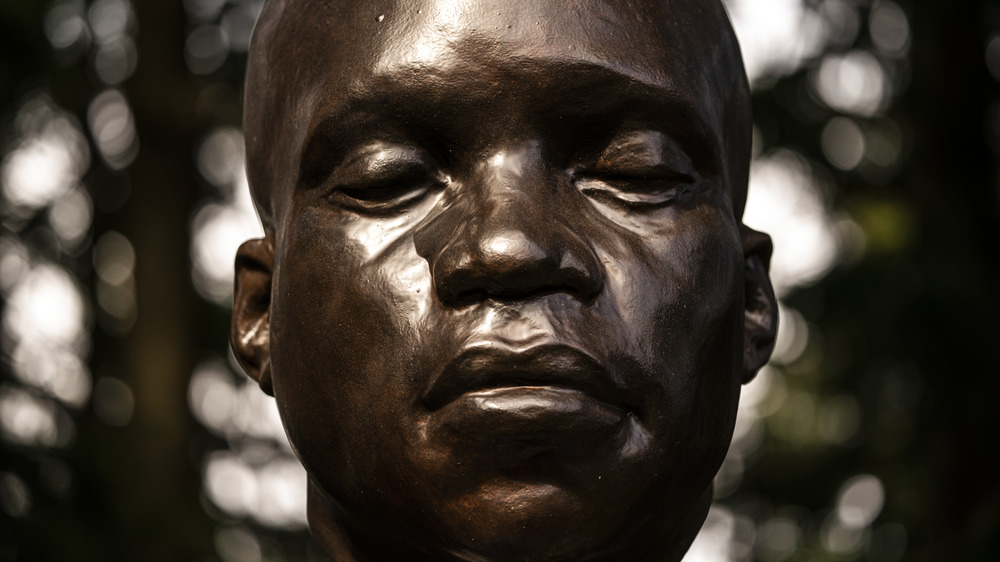
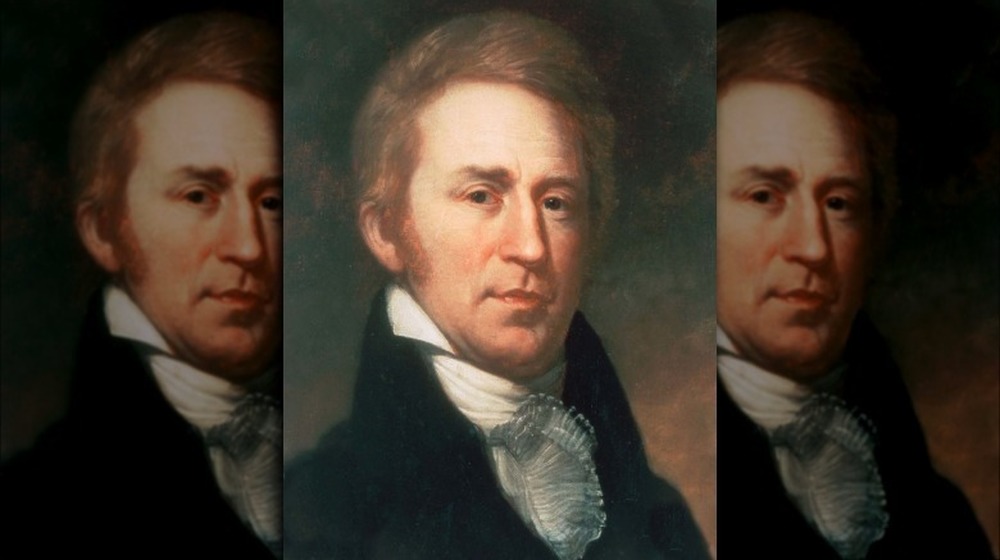
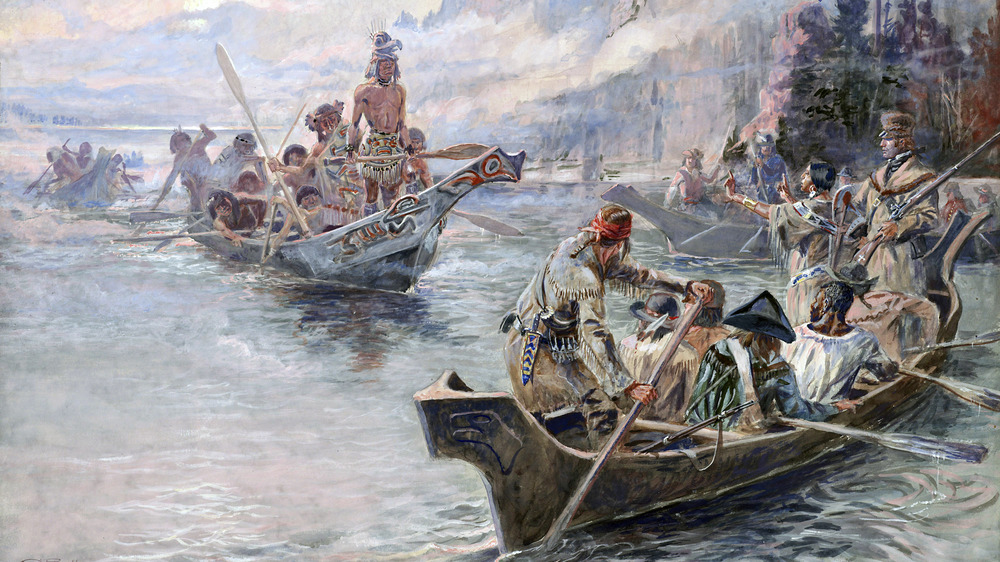
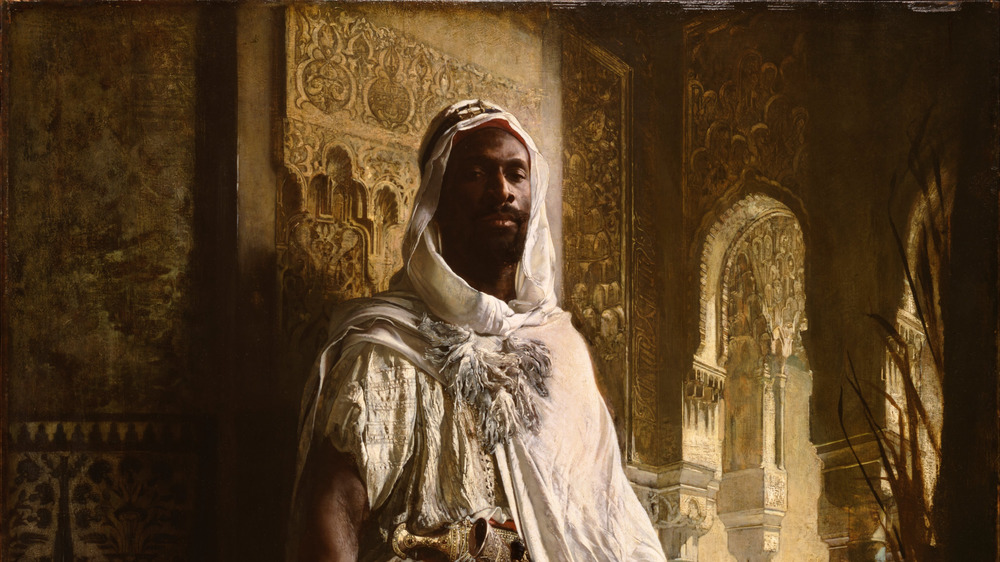
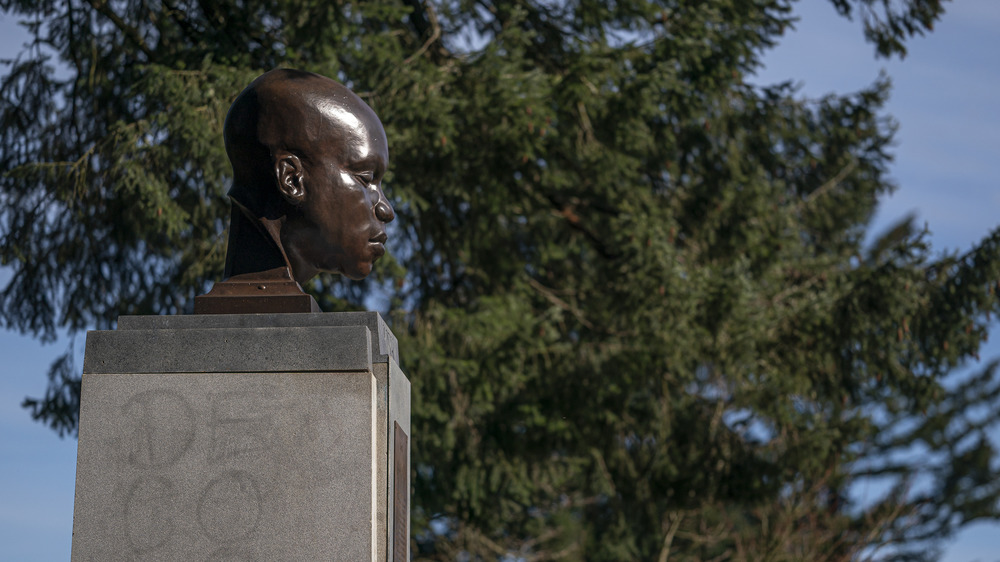
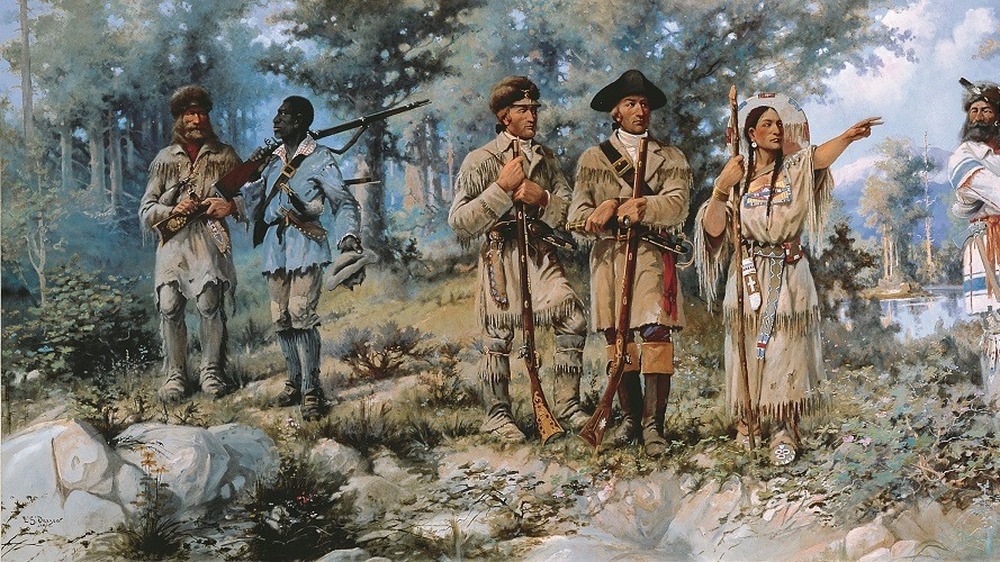
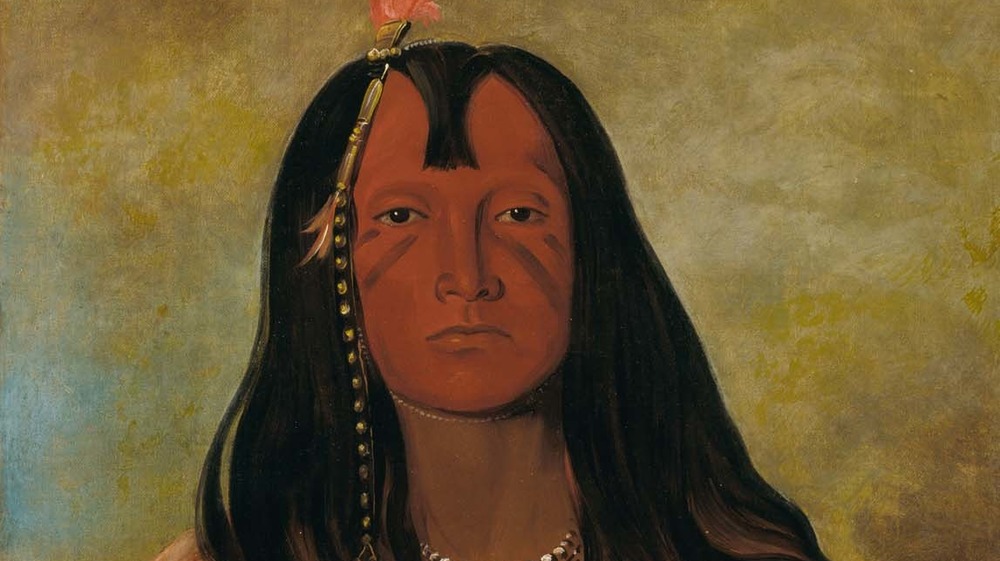
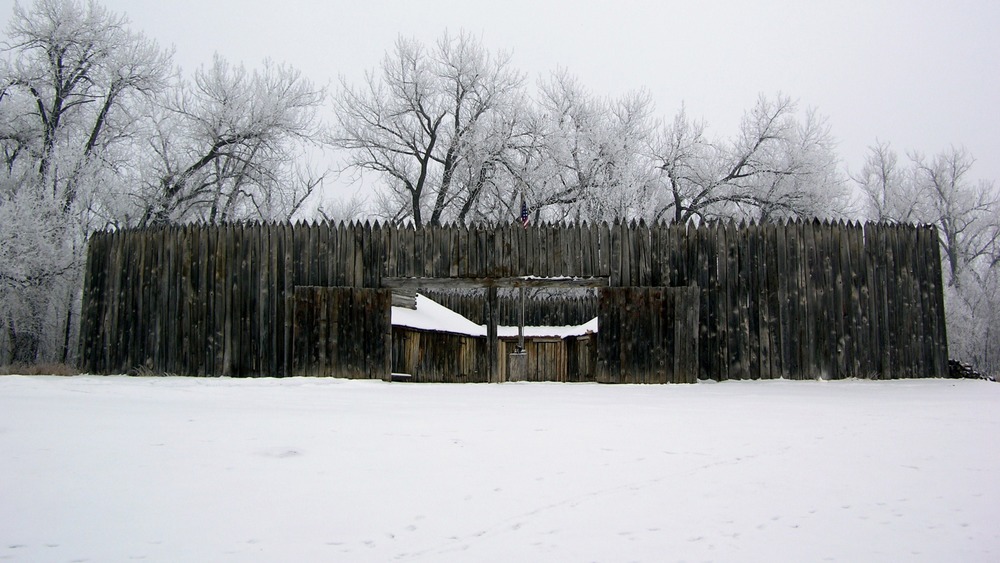
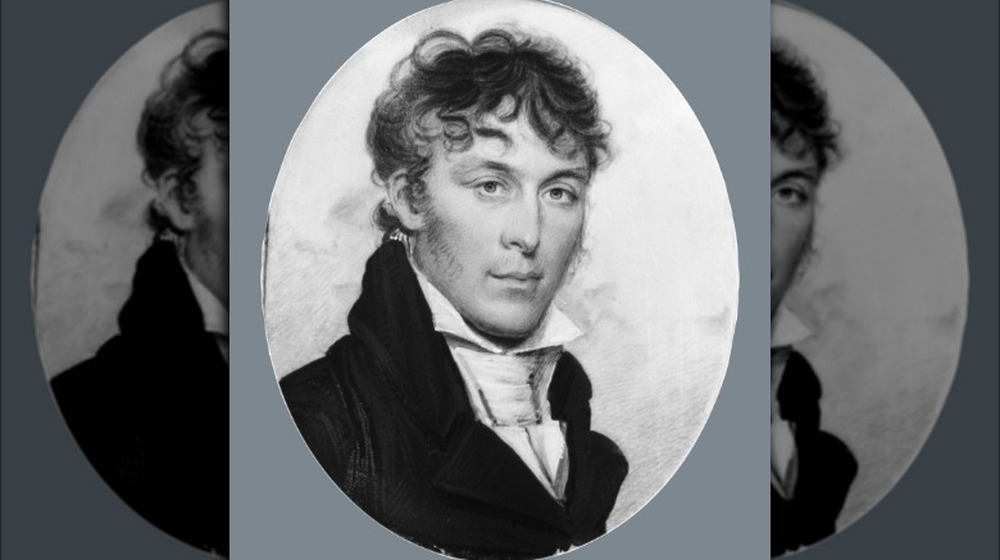
![Arikara Village, (plate 80) from Illustrations of the manners, customs, and condition of the North American Indians. [1866 ed.]](https://www.grunge.com/img/gallery/the-untold-truth-of-the-slave-who-helped-the-lewis-and-clark-expedition/york-may-have-been-the-groups-comedian-1614917426.jpg)
